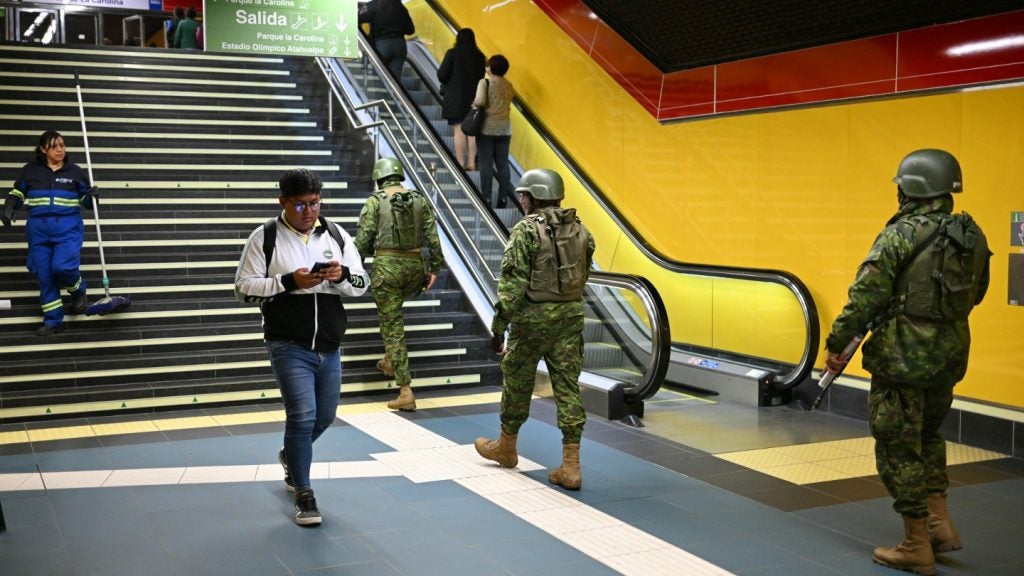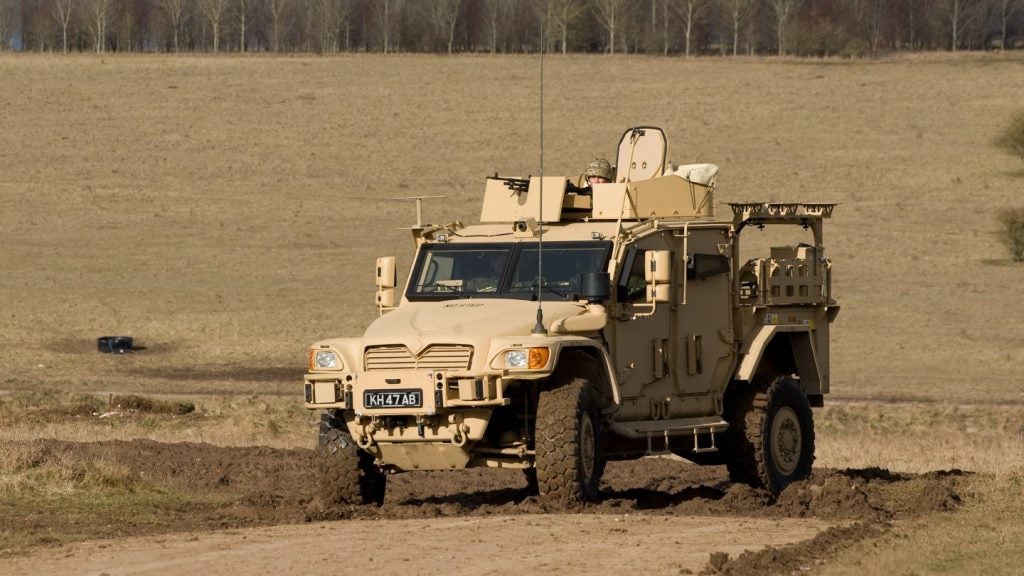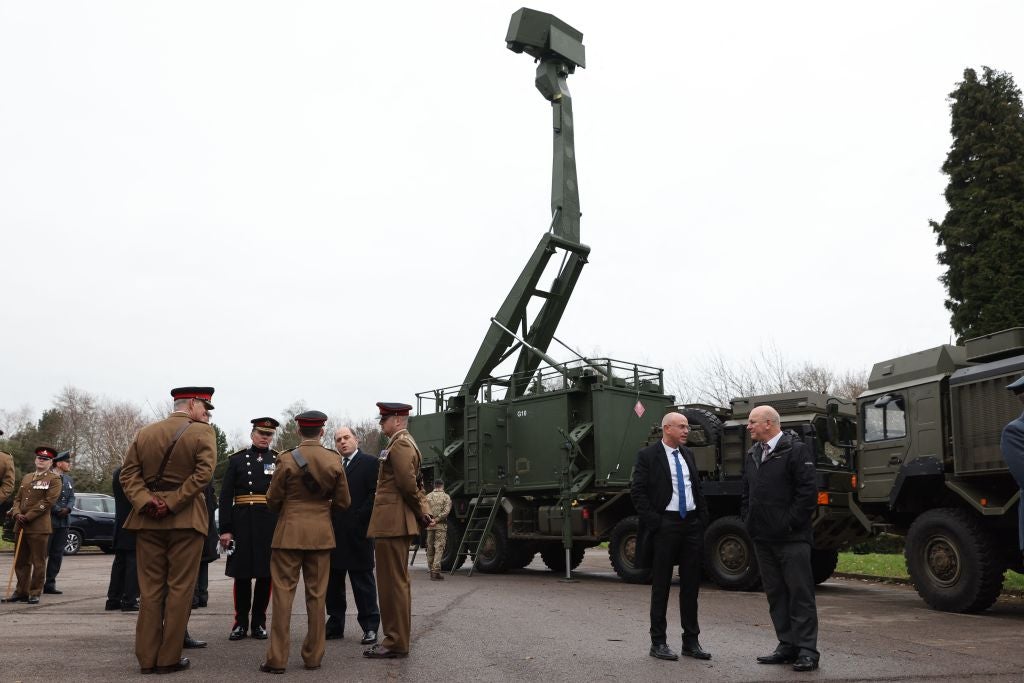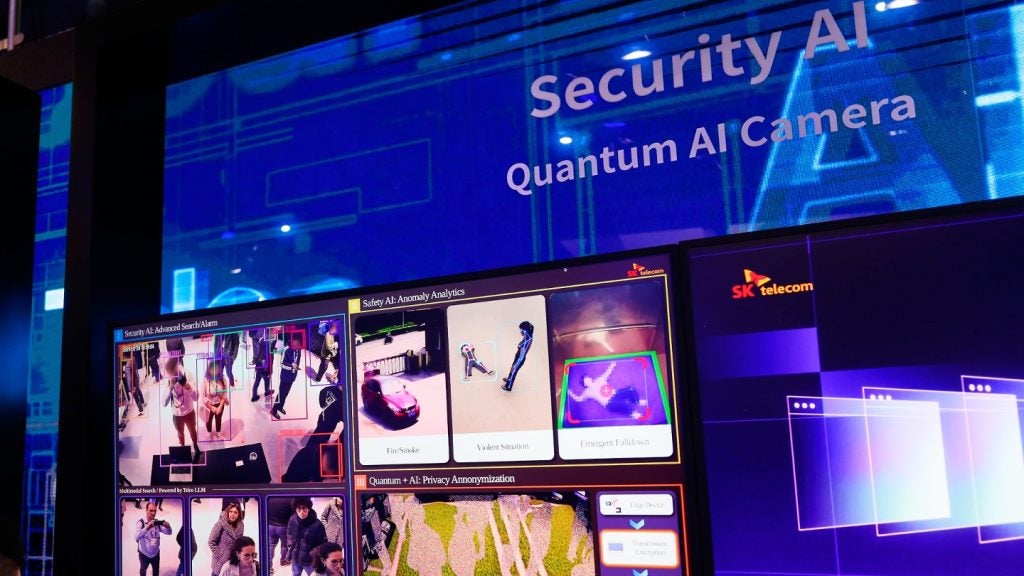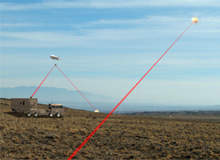
The idea of armies equipped with solid-state high-energy laser weapons immediately conjures images of stormtroopers firing red beams at a lightsaber-wielding Luke Skywalker. It is an image research specialists have tried for decades to turn into real life as they struggled to create a level of mobile technology capable of sustaining a high-energy laser system.
While the possibility of a transportable, durable and affordable ultra-precision energy weapon system is still a long-term vision, several recent demonstrations by leading industry players signify considerable progress in the field.
Setting new records
In March 2009, aerospace and defence technology giant Northrop Grumman, in partnership with the US military, produced the most powerful light ray yet created by an electric laser. Measuring at more than 105kW, the new record also included a turn-on time of under a second and a continuous operating time of five minutes. Throughout this period, the beam reportedly operated with good levels of efficiency and quality.
For Northrop Grumman Aerospace Systems media relations manager Bob Bishop the milestone test results have been a long time coming.
See Also:
“High-energy laser research at Northrop Grumman first began in 1970. We have been developing and demonstrating high-energy lasers continuously since then. We are the only company that has provided the US military services with all of their high-energy laser systems in existence today,” Bishop says.
How well do you really know your competitors?
Access the most comprehensive Company Profiles on the market, powered by GlobalData. Save hours of research. Gain competitive edge.

Thank you!
Your download email will arrive shortly
Not ready to buy yet? Download a free sample
We are confident about the unique quality of our Company Profiles. However, we want you to make the most beneficial decision for your business, so we offer a free sample that you can download by submitting the below form
By GlobalData“In particular Northrop Grumman has made great progress on solid-state lasers during the last six years under the joint high-power solid state laser [JHPSSL] programme, which is managed by the US military services.”
A number of advances in various technologies have made the latest breakthrough possible. Of these, developments to the high-energy laser’s power source or ‘engine’ has proved pivotal. Typically, the systems are either powered by chemical or electrical engines, but Northrop Grumman’s tactical high-energy laser (THEL) test bed at White Sands missile range in New Mexico proved that chemical lasers were fastest – reaching the necessary power levels required to shoot down rockets, artillery and mortar rounds. The laser, which has been developed in conjunction with the US army and Israel’s Ministry of Defence, has so far destroyed 46 such targets in-flight.
Reductions to the laser’s size and weight combined with enhanced levels of mobility and ruggedisation have also proved instrumental to the technology’s overall advancement. The miniaturisation of components and subsystems has allowed for smaller and lighter high-energy laser systems, which Northrop Grumman believes portends for even greater reductions in the near future.
Furthermore, it has allowed Northrop Grumman to apply a greater degree of durability or ruggedisation to the laser systems – to the extent that integrating the systems onto tactical military ground vehicles will come sooner rather then later.
Evidence of this is found with the company’s participation in the US Army’s high-energy laser technology demonstrator that aims to integrate a high-energy solid-state laser capable of defeating rockets, artillery and mortars onto an army ground combat vehicle.
“To put this all in context,” Bishop says, “we see the 100kW threshold as part of a much larger accomplishment of delivering on the promise to the US military services of solid-state lasers that enable revolutionary, robust, speed-of-light defences.”
“Our approach leverages compact 15kW ‘building blocks’ that can be readily combined in the appropriate number to enable the performance needed for a specific mission. This therefore allows us to provide lasers of various powers without the need to design a new laser – we simply add more building blocks.
Furthermore this approach also offers – if units should fail in the field – graceful degradation and straightforward repair. Should one block fail, the others will continue to operate.”
Having already delivered on the promise of solid-state lasers with speed-of-light defence capabilities, the next stage for Northrop Grumman is to allow the US government to determine the timeline for integrating laser weapons into the battlefield. The laser’s capability could potentially be implemented on a wide range of missions for deployed forces – namely for self defence from threats as diverse as rockets, artillery, mortar, swarming boats, unmanned aerial vehicles, aircraft and cruise missiles.
“We have seen a great amount of increased military interest as a result of our recent achievement. Ultimately though, the US government will decide the pace at which it will introduce laser weapons onto the battlefield,” Bishops says. “We believe it is important to move forward to give US forces a distinct advantage in this technology and to maintain that critical edge in the years to come.”
Mobilising power
Similar historic developments have also been happening at one of the world’s largest space and defence businesses – Boeing Defence Systems. In March, the company successfully demonstrated its redeployable high-energy laser system (RHELS). The prototype weapon system was quickly relocated from its Albuquerque development site in New Mexico to a test range, where it tracked ground and airborne targets and fired at a ground target.
For Lee Gutheinz, Boeing’s programmme director for high-energy laser / electro-optical systems, the breakthrough is particularly important in highlighting the increasingly mobile nature of laser technology.
“The demonstration shows that a solid-state, high-energy laser weapon system can be made to be transportable, rugged, supportable and affordable. RHELS is the initial step at driving mobile, tactical directed energy laser systems out of the laboratory and into the hands of the warfighter,” Gutheinz says.
“Its transportability also means developers and warfighters will have the opportunity to test this transformational, ultra-precision directed energy weapon system demonstrator at a number of ranges under varying conditions and against a diverse set of targets.”
Development of laser technology at Boeing Defence Systems can be traced back as far as the 1960s to its heritage companies such as Rockwell and Rocketdyne. Like Northrop Grumman, Boeing points to electronic component miniaturisation and greatly increased computing power as a strong factor behind recent developments. It also believes the manufacturing industry has been a strong driver behind recent laser achievements.
“We did something that’s never been done before. We took a number of components – a solid-state, thin-disk laser and its power and thermal management systems; an acquisition, pointing and tracking capability; beam and fire control; and a weapons operator station – and integrated all of them into a modified 40ft-long shipping container transportable on a semi-trailer,” Gutheinz says.
“Doing something like that for the first time is always challenging but we didn’t encounter any challenges we couldn’t overcome and in the process we learned a great deal that will make subsequent developments easier and more productive.”
While Boeing Defence Systems will continue to test RHELS against moving ground and airborne targets throughout the summer, it is also developing several other directed energy systems with speed-of-light capability. The airborne laser (ABL) hopes to provide a boost-phase capability for missile defence, the advanced tactical laser (ATL) aims to enable ultra-precision engagements of ground targets from the air, and the high-energy laser technology demonstrator (HEL TD) intends to give warfighters the ability to counter difficult threats posed by rocket, artillery and mortar projectiles.
Later this year, Boeing Defence Systems hopes ABL will be conducted in a ballistic missile shoot-down demonstration while ATL will engage ground targets from the air. It also plans to begin testing of HEL TD’s beam control system next year. From these demonstrations, Boeing hopes to go on to use internal investments to examine the laser’s potential uses in other critical missions, including defending against cruise missiles and surface-to-air missiles.
“We want to get these systems into the hands of warfighters, who are in the best position to test and critique laser weapons. That would facilitate the continued development and fielding of such weapons,” Gutheinz says.
“It is safe to say that industry interest in laser weapons is growing and that you will see more industry activity and announcements in the coming months and years. The industry recognises that laser weapons are the future.”



